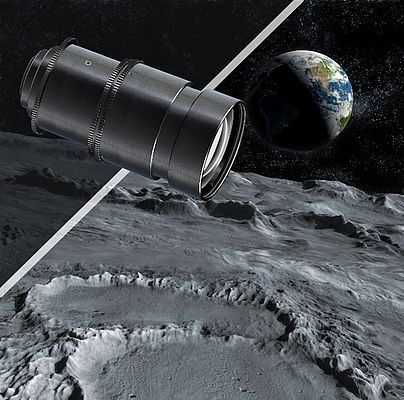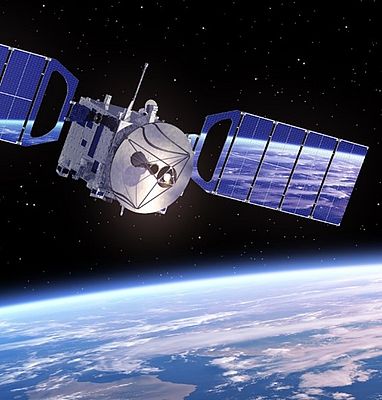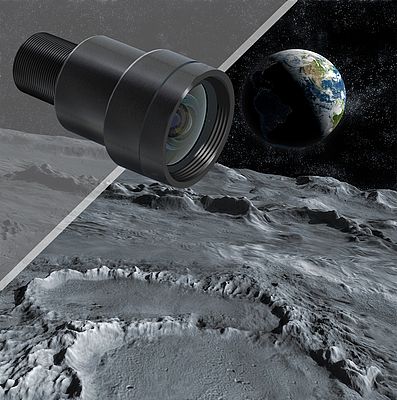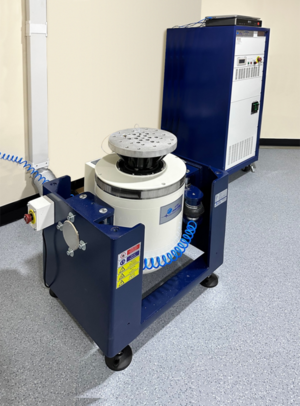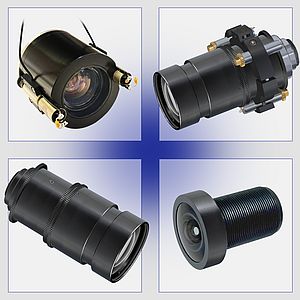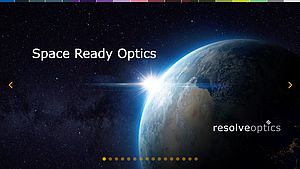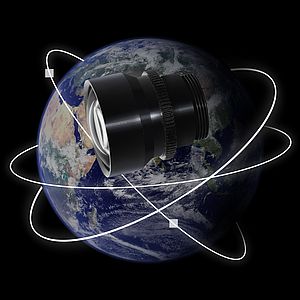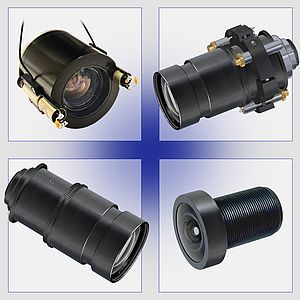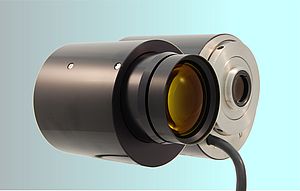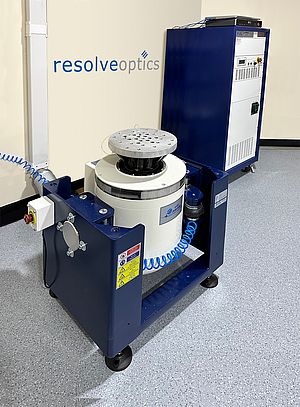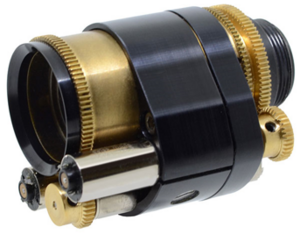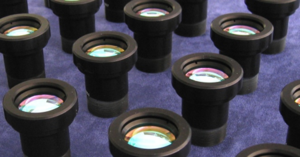IEN Europe: As a well-known and experienced high performance optics supplier for different markets, can you tell us about your expertise and experience in space applications?
Mark Pontin: Resolve Optics has been supplying optical systems for space applications for over 15 years. During this period, we have acquired a considerable amount of knowledge with regards to the do’s and don'ts of designing for the harsh environment of space. For a lens or optical system to be considered space ready it must meet some extremely strict requirements. These requirements typically flow down from international space organisations, such as NASA or ESA, with the aim of ensuring that any optical components that are to be launched must withstand the rigors of launch and the harsh environment of space. The last thing you would want is for a component to fail and jeopardize or hamper the mission. The cost of launching payloads into space is considerable, incorporating only ‘space ready’ lenses or optical systems into your satellite or space observation system is therefore critical for realising longer term, high-performance operation. Other challenges of designing for spaceborne projects includes only using optics that can cope with a wide temperature range, being resistant to solar irradiation that causes standard optics to darken and lose throughput and been able to operate in a vacuum.
Can you tell us about some recent space projects you have been part of?
Due to the competitive nature of the space industry, most projects we have undertaken for satellite and space vehicle developers as well as space agencies are bound by non-disclosure agreements that the preclude us from discussing their particulars. However, one customer we can talk about is Sen Corporation Ltd.
Sen is a UK based video streaming data business that is launching a satellite constellation capable of streaming real-time videos of Earth and space to smart phones. Sen launched its first set of Ultra-High Definition (UHD) video cameras into space in 2019 and successfully demonstrated the excellent performance of its video streaming platform. Sen approached Resolve Optics to assist with the initial optical design project because of our expertise in custom designing low mass, high performance lenses using radiation resistant glass that could meet the harsh demands of the space environment. Sen have returned for subsequent optical design projects because they appreciated how Resolve Optics took their requirements in terms of optical performance, mass and mounting points and designed very high-quality lenses that addressed both the mechanical and environmental challenges of their spaceborne application.
What needs to be considered when developing optics solutions to be used in space? What characteristics of your optics make them suitable?
One of the biggest challenges of using optics in space is exposure to radiation. When standard optical glass is exposed to radiation it will change colour, either brown or grey. If the glass accumulates a large enough dose of radiation the colour change will become severe enough to reduce transmission to a level where the optical instruments will fail to operate or operate with unacceptable performance. Drawing upon approaching 30 years’ experience, Resolve Optics has built an international reputation for specialist lens design and manufacture of smaller production quantities of radiation resistant lenses and optical products on time to strict quality and target price guidelines. All optical elements within Resolve Optics radiation resistant (non-browning) lens designs are made using cerium oxide doped glass or synthetic silica enabling them to withstand radiation doses of up to one hundred million rad and higher temperatures without discoloration or degradation of performance. All Resolve Optics radiation resistant lenses provide high image resolution and minimum geometric distortion from 400 to 750nm. Apart from the vital resistance to radiation our aim is to supply space ready lenses. By space ready I mean they are ready to launch without any further modification.
When it comes to testing, how do you simulate the conditions the ‘space optics’ will be subjected to?
All our space ready lenses go through rigorous environmental testing and qualification to ensure they earn their space ready title. For example, all optical assemblies undergo vibration and shock testing to ensure they will withstand the forces they will encounter on launch into Space. To achieve the limit of performance, we can also perform vacuum bakeout on lenses and optical systems to ensure that they are completely free of microscopic foreign object debris. Optically lenses are not affected by the vacuum of space, but they can be affected by temperature shifts, as such we conduct resolution testing at the top and bottom limit of the operating temperature range to ensure desired performance goals will be met.
Lens servicing or replacement is highly undesirable in spaceborne applications. How do you overcome this challenge?
Our space ready lenses do not have any moving parts, so the challenge is to build a lens that can survive the rigors of space launch or landing on an extra-terrestrial surface. To ensure our lenses are as rugged as possible all optical clamp rings are staked to prevent them becoming loose after tightening. Each space ready lens we supply undergoes a vibration acceptance test to ensure nothing is loose.
Designing and producing optics for use in space is a highly specialised area where expertise and experience are critical. The last thing you would want is for a component to fail and jeopardize or hamper a mission. The cost of launching payloads into space is considerable, incorporating only ‘space ready’ lenses or optical systems into your satellite or space observation system is therefore critical for realising longer term, high-performance operation.
What technical trends are you seeing for optics to be used in space? Are the number of applications increasing?
Many of the major advances in the space industry are being driven by technological innovations in satellites. The most significant satellite trend we have noted is the move towards development and deployment of micro and nano satellites. Because of the lower manufacturing cost of these smallsats – this trend is paving the way for the mass production of satellites. From an optical perspective we have seen a significant rise in demand for small S-mount lenses to be used on these micro and nano satellites.
Mark Pontin is Managing Director of Resolve Optics Ltd. He may be contacted on mark.pontin@resolveoptics.com
Anis Zenadji



